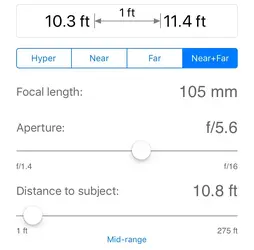JBPhotog
No longer a newbie, moving up!
- Joined
- Mar 26, 2018
- Messages
- 879
- Reaction score
- 354
- Location
- Canada
- Can others edit my Photos
- Photos NOT OK to edit
FWIW, micro or as some would call them macro lenses are corrected to be flat field whereas most non-micro(macro) lenses have a curved field. Therefore nailing focus across a flat subject isn't possible with curved field lenses since the focus point across the image plane is an arc. Depending on the subject and the level of magnification this may or may not be an issue. One can test a lenses curved field by shooting a flat subject with the camera perpendicular to the surface while noticing the centre and edge sharpness.
As mentioned by others, a closed down aperture gives you better DoF but also can introduce diffraction if one goes beyond the lenses sweet spot but you already know that since you have rails and stacking produces sharper images with this method. For some fun, try that 6mm tube on a wide lens, you get the wide field of view with the ability to get up close.
As mentioned by others, a closed down aperture gives you better DoF but also can introduce diffraction if one goes beyond the lenses sweet spot but you already know that since you have rails and stacking produces sharper images with this method. For some fun, try that 6mm tube on a wide lens, you get the wide field of view with the ability to get up close.















